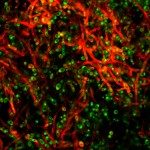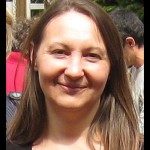Link to Pubmed [PMID] – 33533498
Link to DOI – 10.1002/yea.3550
Yeast 2021 04; 38(4): 243-250
The yeast Candida albicans is primarily a commensal of humans that colonizes the mucosal surfaces of the gastrointestinal and genital tracts. Yet, C. albicans can under certain circumstances undergo a shift from commensalism to pathogenicity. This transition is governed by fungal factors such as morphological transitions, environmental cues for instance relationships with gut microbiota and the host immune system. C. albicans utilizes distinct sets of regulatory programs to colonize or infect its host and to evade the host defense systems. Moreover, an orchestrated iron acquisition mechanism operates to adapt to specific niches with variable iron availability. Studies on regulatory networks and morphogenesis of these two distinct modes of C. albicans growth, suggest that both yeast and hyphal forms exist in both growth patterns and the regulatory circuits are inter-connected. Here, we summarize current knowledge about C. albicans commensal-to-pathogen shift, its regulatory elements and their contribution to human disease.





